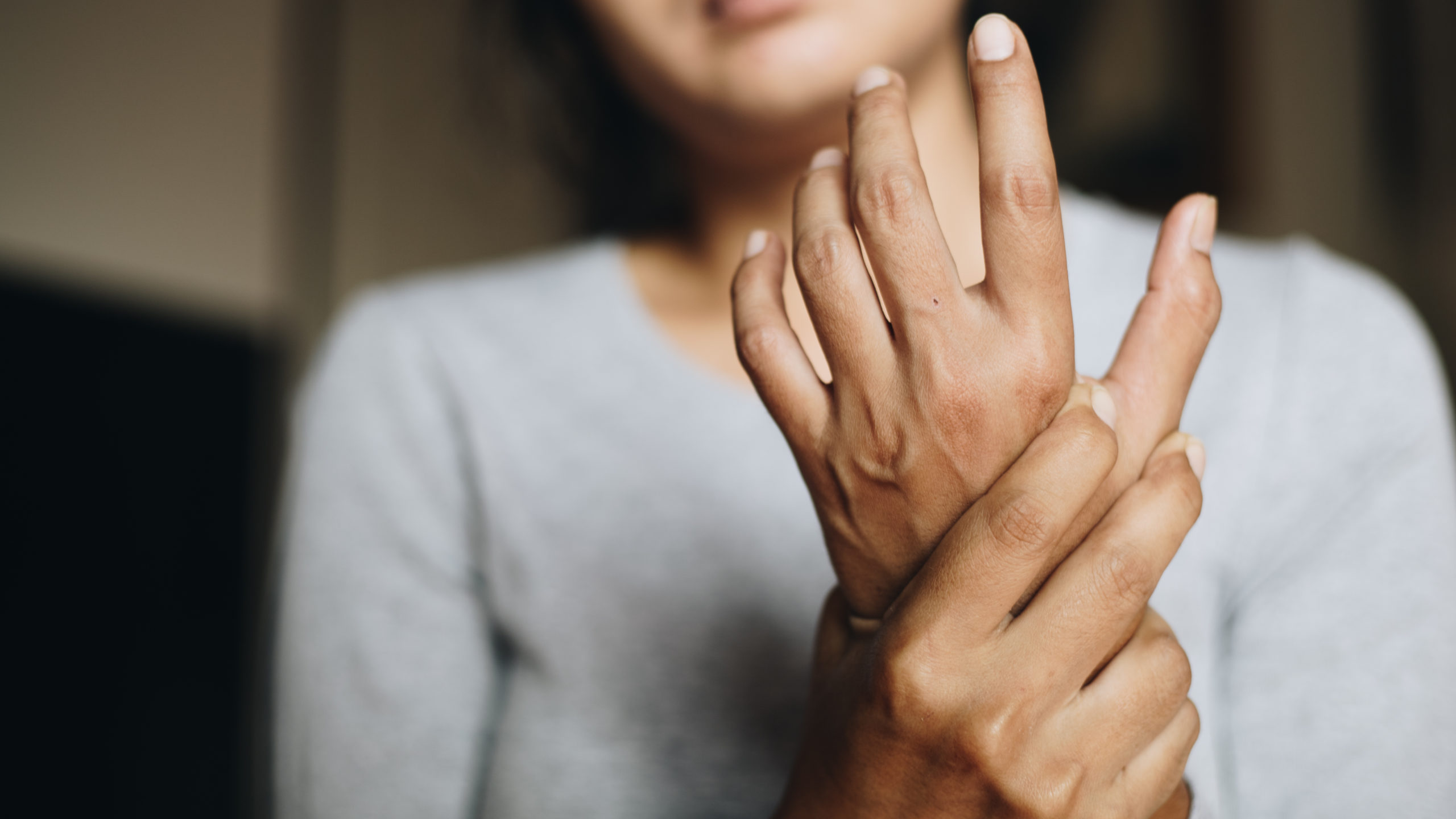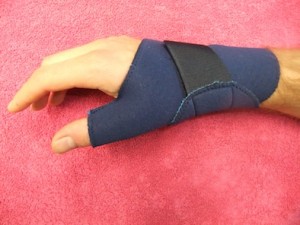

Many people who enjoy playing guitar may experience pain or discomfort in the hands, wrist (and even back and shoulders) at some point. Playing guitar should be an enjoyable, minimally stressful activity, however, strain from overuse and awkward positioning can cause a number of issues in the hands and wrist.
If you are experiencing prolonged pain from playing guitar we recommend seeing a hand therapist to effectively prevent or manage symptoms and avoid serious injury. Here are a few key tips to practice at home too.
Warming up
Never underestimate the power of a comprehensive warm up routine. Failure to warm up can make you more susceptible to injury, as with any strenuous activity. Stretching the hands, wrists, arms and shoulders will ensure your joints and muscles are loose and warm, reducing the risk of repetitive strain injury caused by the gripping activities involved with playing guitar. Try playing less difficult pieces to start, then work your way up to something more complex.
Posture
Poor posture is a common contributor to pain from playing guitar. Awkward positioning of the back, neck and arms can lead to compression of the nerves, resulting in pain and discomfort. Your shoulders should be relaxed and comfortable. Make sure your guitar strap is the appropriate height and is not hindering natural movement of the shoulders. Try to avoid slouching as this can result in pain in the back and neck. Lastly, ensure your wrists are comfortable and your fretting or strumming technique is not putting unnecessary pressure on them – be aware of any strenuous positions and how you might be able to address the tension.
Rest
Playing guitar can be very engrossing and time may fly past without you feeling the need to take any breaks. However, rest is very important. There is no general rule to taking breaks, it is about being aware of your body and any pain or discomfort you may feel. Putting the guitar down and stretching every 30 minutes or so is an effective preventative measure. If you are suffering from an existing condition, you may need to rest for days in-between sessions. Your therapist can advise you on this further.

Pre-existing injuries
Pre-existing injuries can make playing guitar very difficult without excessive pain or discomfort. Never disregard what your body is telling you and play through the pain, this can cause even more damage than before. If you are recovering from an injury, take it slow when returning to the guitar. This may require more frequent breaks, longer rest periods and strengthening exercises in-between sessions.
Splinting
Wearing a custom made splint is a great way to effectively manage hand and wrist pain when playing guitar. Splints can either be soft or made from thermoplastic and are fabricated to suit your needs. Get in touch with your hand therapist if you’d like to discuss splinting options.
Treatment
If you suffer from chronic pain in the hands during or after playing guitar, be sure to speak with your hand therapist for advice and treatment. While splinting may be required for more serious conditions in order to promote healthy movement, a therapist can also provide you with the following:
• Advice about appropriate activity modifications
• Median nerve gliding exercises to reduce nerve irritability
• Graded strengthening exercises when appropriate
• Range of movement exercises for uninvolved joints
If you have any questions regarding a condition you have, or would like to book an appointment, feel free to contact us here. We will be more than happy to help.
